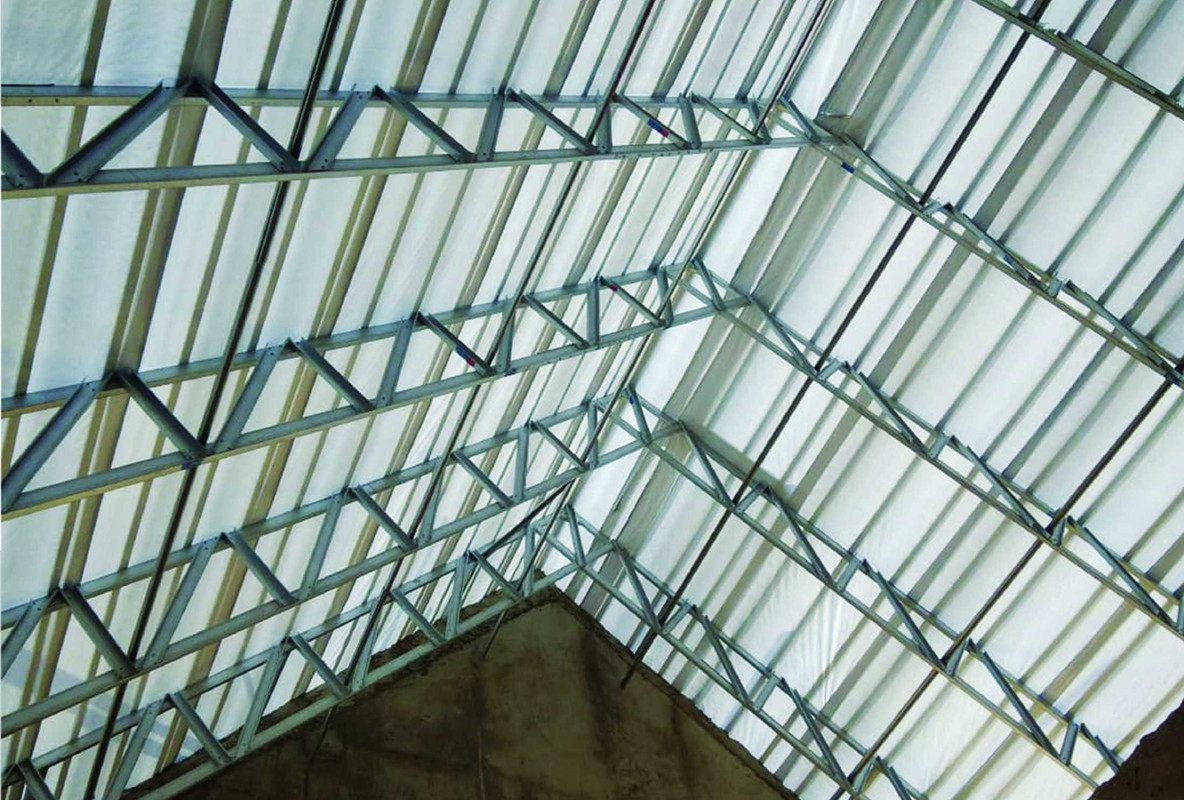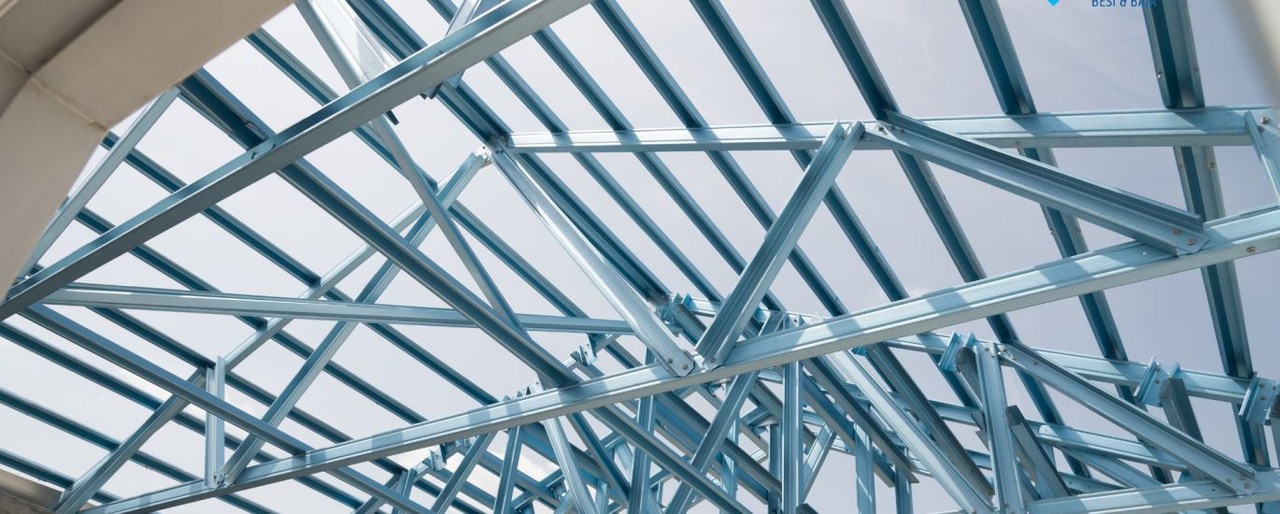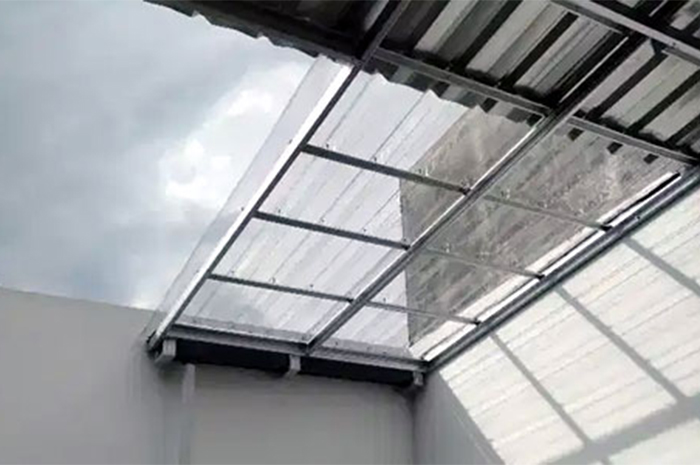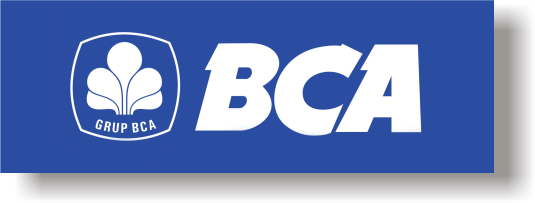 Bahasa Indonesia
Bahasa Indonesia  Inggris
Inggris
 Bahasa Indonesia
Bahasa Indonesia  Inggris
Inggris
 Seeing the development of the current roof shape, the designs are very diverse. What kind of roof has the least risk of leaking? In building a house, one part that is no less important to pay attention to is the roof of the house. Its location at the top of the building and visible from the outside makes many people and architects want to explore its shape. But, you know, the more complex the roof shape, the greater the risk of leaks? What must be considered from each roof element in order to avoid leaks? Roof Shape Before building a house or buying a house, it's a good idea to know the various types of roofs. This is necessary in order to find out the various weaknesses and advantages of a roof form, so you don't have to always struggle with leaky names. Indonesia, which is located in the tropics with high rainfall, must be addressed with the right roof shape as well. Climate is an important component that must be considered when designing a house and choosing the shape of the roof. Don't just change the house model from the 4 season country because it risks creating a house that is uncomfortable to live in. What is a good roof design like? First, the roof design must have minimal connections. The fewer connections, the less risk of leaks. Second, don't forget the slope of the roof, don't be too gentle. Third, pay attention to the location where you live. Houses that live in coastal areas and in cold areas with high rainfall are different. The roof design that is considered the least leaky is the saddle roof. Roof Cover Type There are standards that apply in society with regard to roof coverings and leaks. First, the fewer joints between the roof coverings, the less risk they are leaking. For example, roof tiles in the form of sheets such as metal, zinc, asbestos and polycarbonate. Second, roofs with minimal gaps, for example, flat concrete roofs, flat ceramic tiles, sheet metal roofing tiles, sheet zinc, asbestos and polycarbonate. Third, the thicker the roof covering, the more difficult it will be to penetrate. For example, concrete tiles and ceramic tiles. Each roof covering has approximately the same strength. What makes one roof cover more prone to leaks, is its shape. Roof cover with high waveforms is more risky for water entry than those without waves. Roof truss A good design and choice of enclosures will not function optimally without a strong frame. Each roof covering will affect the frame both in terms of design and the required frame strength. The strength concerns roof covering load, frame load, live load (human), wind load, and rainwater load. A frame that is not strong enough to withstand the load will cause deflection on the surface of the roof covering and will result in leaks. In addition to strength, especially for battens and rugs, the shape and size must be straight. If these two elements of the frame are not straight and bent, this will affect the position of the roof covering. Improper roof covering will cause water to enter through the gaps and cause leaks. The biggest problem with shape and precision is usually using a wooden frame. For that you should choose a lightweight steel frame rather than wood. The advantage of this material is that it is lighter, does not expand, rust resistant, does not rot easily, is termite resistant and is strong for decades. The stable material will make the roof cover safe, and the leakage is minimal.
Seeing the development of the current roof shape, the designs are very diverse. What kind of roof has the least risk of leaking? In building a house, one part that is no less important to pay attention to is the roof of the house. Its location at the top of the building and visible from the outside makes many people and architects want to explore its shape. But, you know, the more complex the roof shape, the greater the risk of leaks? What must be considered from each roof element in order to avoid leaks? Roof Shape Before building a house or buying a house, it's a good idea to know the various types of roofs. This is necessary in order to find out the various weaknesses and advantages of a roof form, so you don't have to always struggle with leaky names. Indonesia, which is located in the tropics with high rainfall, must be addressed with the right roof shape as well. Climate is an important component that must be considered when designing a house and choosing the shape of the roof. Don't just change the house model from the 4 season country because it risks creating a house that is uncomfortable to live in. What is a good roof design like? First, the roof design must have minimal connections. The fewer connections, the less risk of leaks. Second, don't forget the slope of the roof, don't be too gentle. Third, pay attention to the location where you live. Houses that live in coastal areas and in cold areas with high rainfall are different. The roof design that is considered the least leaky is the saddle roof. Roof Cover Type There are standards that apply in society with regard to roof coverings and leaks. First, the fewer joints between the roof coverings, the less risk they are leaking. For example, roof tiles in the form of sheets such as metal, zinc, asbestos and polycarbonate. Second, roofs with minimal gaps, for example, flat concrete roofs, flat ceramic tiles, sheet metal roofing tiles, sheet zinc, asbestos and polycarbonate. Third, the thicker the roof covering, the more difficult it will be to penetrate. For example, concrete tiles and ceramic tiles. Each roof covering has approximately the same strength. What makes one roof cover more prone to leaks, is its shape. Roof cover with high waveforms is more risky for water entry than those without waves. Roof truss A good design and choice of enclosures will not function optimally without a strong frame. Each roof covering will affect the frame both in terms of design and the required frame strength. The strength concerns roof covering load, frame load, live load (human), wind load, and rainwater load. A frame that is not strong enough to withstand the load will cause deflection on the surface of the roof covering and will result in leaks. In addition to strength, especially for battens and rugs, the shape and size must be straight. If these two elements of the frame are not straight and bent, this will affect the position of the roof covering. Improper roof covering will cause water to enter through the gaps and cause leaks. The biggest problem with shape and precision is usually using a wooden frame. For that you should choose a lightweight steel frame rather than wood. The advantage of this material is that it is lighter, does not expand, rust resistant, does not rot easily, is termite resistant and is strong for decades. The stable material will make the roof cover safe, and the leakage is minimal.

Komponen Atap Rumah Dan Fungsi-Fungsinya Yang Harus Anda Ketahui Sebelum Mulai Membangun Rumah!

Atap Transparan untuk Rumah, Lebih Baik Pakai atau Tidak?




